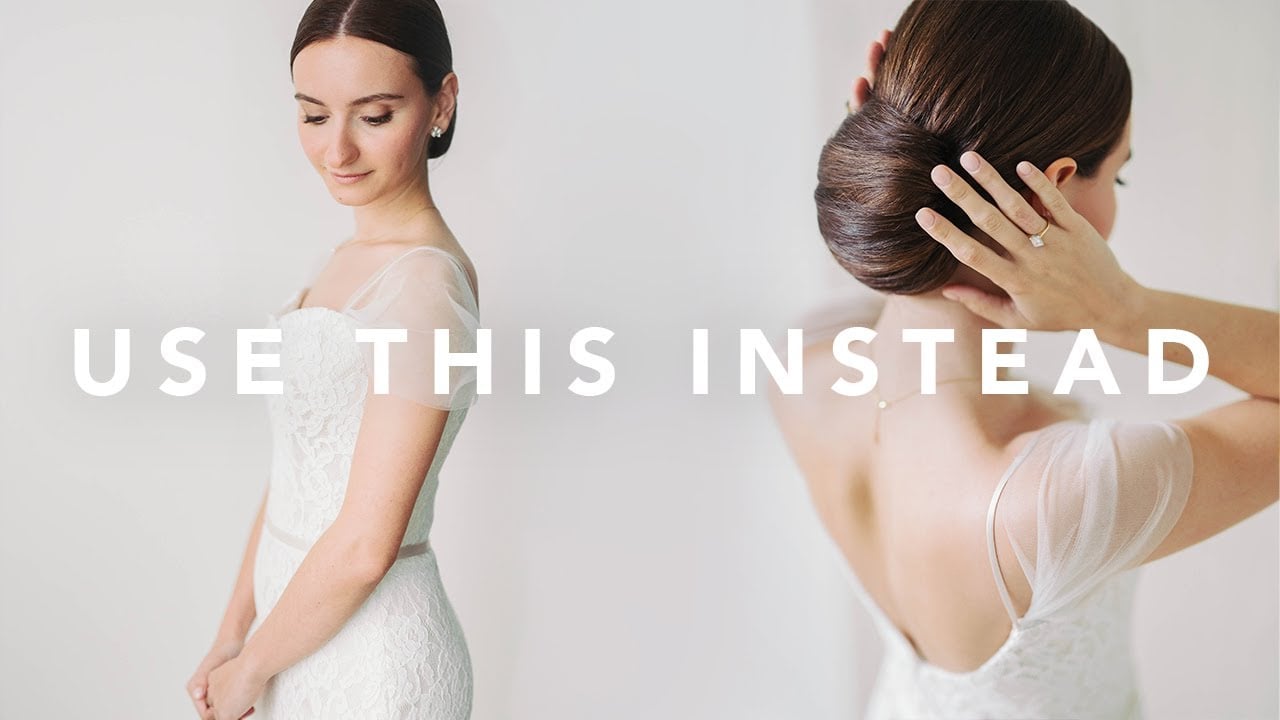
Wedding and event photographers often struggle to decide whether they should be using a flash or a video light during the day. Both have their place, and are handy options. However, one of the difficulties with shooting a wedding or large event, is that it takes place in several locations with different lighting, and you’ll need to cover several different genres of photography within that one day. A wedding photographer is typically a portrait photographer, family photographer, photojournalist, product photographer and food photographer, all wrapped up in one versatile person. It’s not easy!
In this video, Luke Cleland discusses his decisions when choosing between shooting with flash or video light when he covers a wedding, and it’s all about making your life easier!
For many years, video lights were considered tools exclusively for filmmakers. However, Luke explains how he had a transformative experience when he saw a colleague successfully using a small LED panel for still photos. Luke was impressed by the results, and today, he uses video lights as yet another tool in his arsenal.
But the question remains: when is it better to use flash, and when is a video light better?
When to use flash
1. Power and Coverage: Flash is ideal when an entire room needs to be filled with light. Its powerful bursts are perfect for balancing sunlight or illuminating large spaces. For example, outdoor ceremonies often require flash to even out exposure under bright sunlight.
2. Creating Soft Light: Flash is best for creating soft, natural-looking light. By bouncing light off a wall or ceiling, flash creates a beautifully diffused effect. This technique is particularly effective for reception details or portraits, adding a dreamy and elegant touch.
3. Mobility and Speed: Flash offers unmatched convenience for photographers who need to move quickly between locations. Because it can be mounted directly on the camera, settings can be adjusted on the fly, ensuring no moment is missed.
When to use video lights
1. Precise, Direct Lighting: Video lights excel in providing directional light. Unlike flash, they allow photographers to see the effect in real-time, making adjustments easier. For instance, during bridal preparations in dimly lit rooms, a video light can create a soft glow without disrupting the atmosphere.
2. Enhancing Low-Light Scenes: Low-light events, such as receptions, can pose focusing challenges. A well-placed video light can illuminate the area just enough to assist the camera’s autofocus, especially during key moments like the cake cutting or first dance.
3. Maintaining Ambiance: For settings like candlelit receptions or romantic ceremonies, minimal lighting preserves the mood. Video lights add depth without overwhelming the natural ambience, making them an excellent choice for subtle enhancements.
Key considerations
To summarise then, wedding and event photographers might want to consider using flash when they need to bounce light off walls and ceilings and create a bright ambient lighting. It’s great for large spaces and balancing bright sunlight.
Video light is much more subtle and can be used to easily help illuminate darker spaces without destroying the overall ambience, much light a small diffused window might.
The choice also depends on how the lighting impacts the ambience and experience of subjects and guests. Flash can sometimes feel intrusive with its bursts of light, while video lights blend more naturally into the environment, making them less distracting in quiet, intimate settings.
One example Luke gives for using video light in place of flash is during the bridal prep. These moments are often calm, emotional, and intimate. Flash can feel intrusive in such settings, creating a high-energy atmosphere that clashes with the serenity of the moment. A dim video light gently enhances the scene, preserving its peaceful ambience while still giving enough light to shape and give a good exposure.
Like with anything photography, there is really no right or wrong here. Use both tools to your benefit at the times when you see the best fit. If you practice with both, having additional tools in your belt will only be a good thing.

